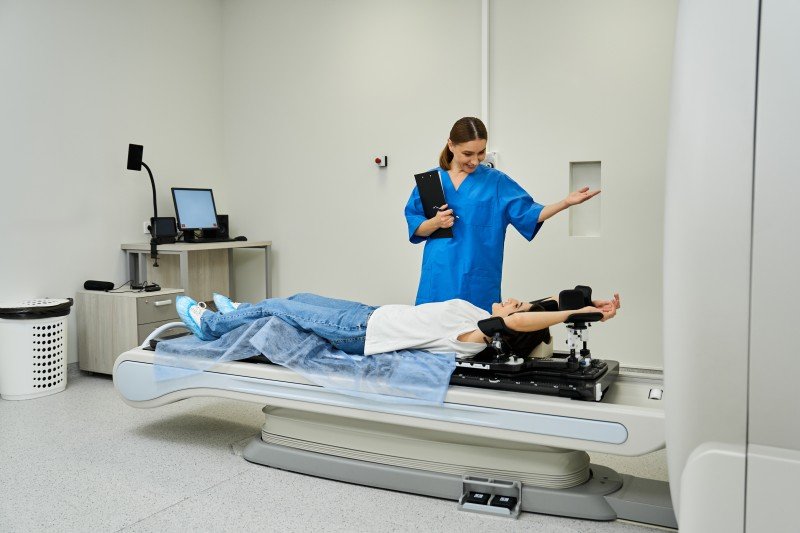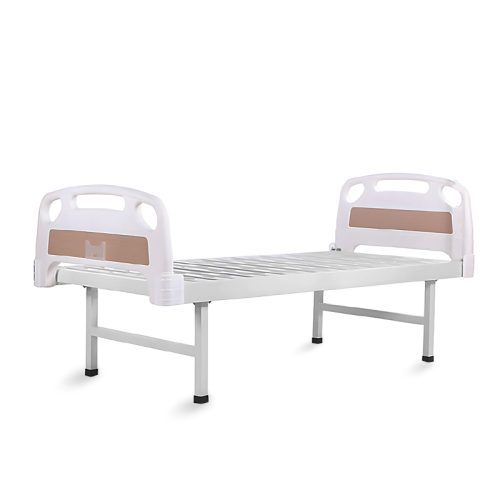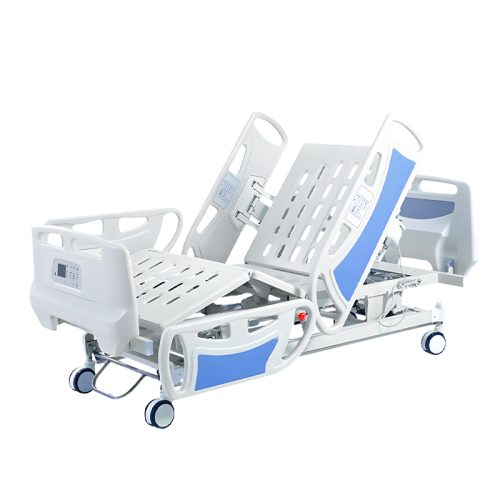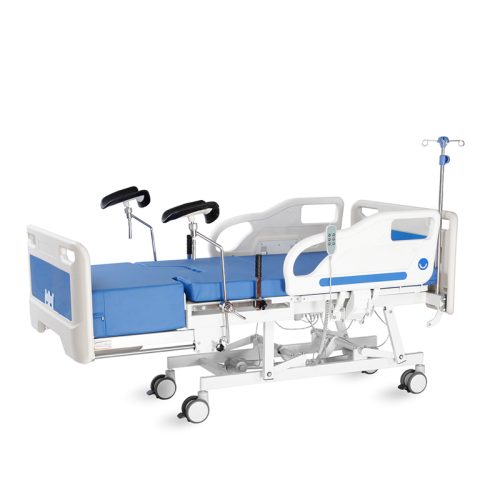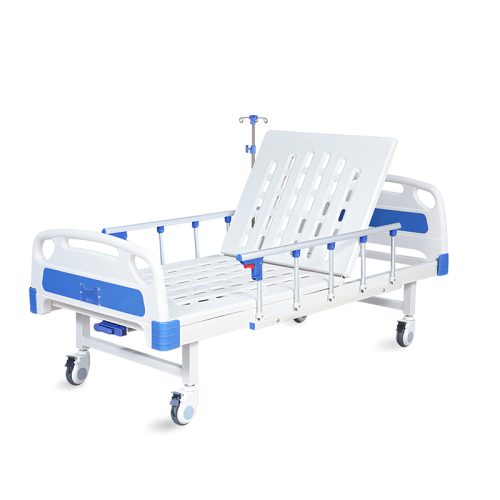
- 병원 침대
현대 의료에서 산모용 침대의 필수적인 역할
- 으로 켈링메디컬
This report provides complete information about the design structure benefits and market prospects of maternity beds. When you know these factors you can better plan maternity beds for healthcare professionals and their patients.
Purpose of Maternity Beds
Maternity beds help patients through every step of the childbirth process from beginning to end and recovery. These beds are engineered to address three primary objectives:
Supporting Laboring Mothers
Labor can be physically demanding and stressful. Maternity beds adjust their surface and shape to reduce pain and support proper labor progression.
Assisting Healthcare Providers
Healthcare staff need medical tools that make their work faster and protect patients from harm. Maternity beds come with multiple functions that doctors can adjust during medical treatment.
Ensuring Postpartum Care
The special features of maternity beds let them work for multiple healthcare needs unlike regular hospital beds. A new mother can stay in the same bed to heal and recover which makes patient care better.
Key Features of Maternity Beds
Maternity beds do much more than standard medical beds can handle. Special technology inside these beds makes them perform better for delivering babies. Below are some of the key features:
1. Adjustable Design
Maternity beds let healthcare providers move the bed to help women during their labor and delivery process. 예를 들어
Head and Backrest Adjustment: The bed helps mothers maintain an upright position for labor and lets them rest by reclining.
Leg Section Adjustment: The support system in the bed helps during delivery and moves out of the way when staff need better access.
Trendelenburg and Reverse Trendelenburg Positions: Medical staff use these beds to help patients receive better blood flow and achieve surgical positioning.
2. Comfort and Ergonomics
Maternity beds built to surpass other beds in terms of comfort. Patients and caregivers experience reduced discomfort thanks to padded mattresses and ergonomic side rails combined with seamless upholstery on these beds.
3. Safety Features
Safety is paramount in maternity care. Maternity beds come equipped with:
Secure Side Rails: The bed design includes side rails that stop falls but also let people enter and exit without difficulty.
Lockable Casters: Make sure the bed stays steady during medical work and moving patients.
Weight-Bearing Capacity: The beds work well with different patient body types because they stay strong and work well.
4. Mobility and Accessibility
360-Degree Movable Wheels: The bed moves freely between different rooms in the hospital.
Detachable Components: Some models come with detachable footrests and leg supports for users to arrange as needed.
5. Integrated Accessories
Maternity beds often include built-in features such as:
IV Poles and Holders: The equipment helps healthcare staff give fluids and medicine to patients.
Monitor Attachments: The system monitors both mother and baby during the birthing process.
Storage Compartments: The bed has special areas to keep medical items at hand.
Types of Maternity Beds
Medical equipment suppliers make different maternity beds to fit every healthcare facility’s specific requirements. Each type has unique features and applications.
1. Manual Maternity Beds
Description: These basic beds help smaller medical facilities save money on their equipment investments. The operator adjusts the position of the bed with manual levers and cranks.
Advantages: You can buy this product at a low price and use it without complex controls.
Limitations: The system requires manual operation with many forceful adjustments.
2. Electric Maternity Beds
Description: Electric actuators control these beds which make exact position changes happen automatically with simple button presses.
Advantages: Modern hospitals find these beds best for their patient-care and staff-efficiency needs.
Limitations: Electric beds cost more at first than traditional manual models.
3. Hydraulic Maternity Beds
Description: This hybrid model combines hydraulic systems for easy bed movements.
Advantages: These beds combine basic automation with affordable construction.
Limitations: These beds have fewer functions compared to electric maternity beds.
4. Multifunctional Maternity Beds
Description: These beds work across different stages of pregnancy care from labor through delivery and postpartum recovery.
Advantages: These beds save space while working well for many activities and operate efficiently.
Limitations: These beds cost more but deliver great value for money.
Benefits of Maternity Beds for Healthcare Facilities
1. Enhanced Patient Comfort
Childbirth is a physically demanding experience. The special design of maternity beds with their ergonomic features and cushioned surfaces helps mothers stay comfortable as they go through childbirth.
2. 의료 서비스 제공업체의 효율성 향상
Advanced maternity beds save time for healthcare staff because they bring all necessary medical equipment and patient access together. Healthcare staff can do their work more effectively because the beds move and change position to help them avoid physical stress.
3. Multifunctionality Saves Resources
Hospitals can use less space and money by buying maternity beds that perform multiple functions. One bed performs both delivery and recovery functions so hospitals no longer need to buy separate delivery tables and recovery beds.
4. Compliance with Hygiene Standards
Most maternity beds use materials that are simple to sanitize and meet all necessary hygiene rules.
5. Durability and Longevity
Healthcare facilities can invest in maternity beds that serve patients well throughout many years for a lower total ownership cost.
Current Healthcare Developments Depend on Maternity Bed Technology
The world sees more demand for sophisticated maternity care because healthcare systems are putting patients first while using new technology. Suppliers and distributors should focus on selling new maternity bed technology to meet the rising demand in this sector.
Key trends influencing maternity bed design include:
Integration with Monitoring Systems: Modern maternity beds connect to monitoring devices that read vital signs of both mother and baby.
Eco-Friendly Materials: Manufacturers now use eco-friendly materials and production methods in their operations.
Compact and Portable Designs: These special beds work well in spaces with limited room for medical facilities.
결론
Maternity beds support complete obstetric care by bringing together a secure environment with practical features and relaxation options. Healthcare providers work more productively while patients receive better care.
By stocking multiple maternity beds you can better serve both large hospital networks and smaller birthing facilities. When you offer different types of maternity beds your medical equipment business gains trust from healthcare clients.
Call to Action:
To begin offering more products that match modern maternity care contact us now. Discover our collection of maternity beds and enjoy our advanced yet reliable products.
📧 이메일: inquiry@shkeling.com
🌐 웹사이트: www.shkeling.com.cn
여러분과 성공적인 파트너십을 구축할 수 있기를 기대합니다!

